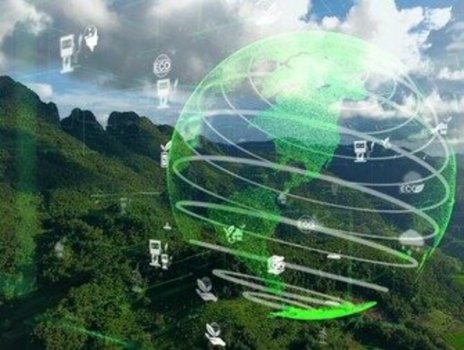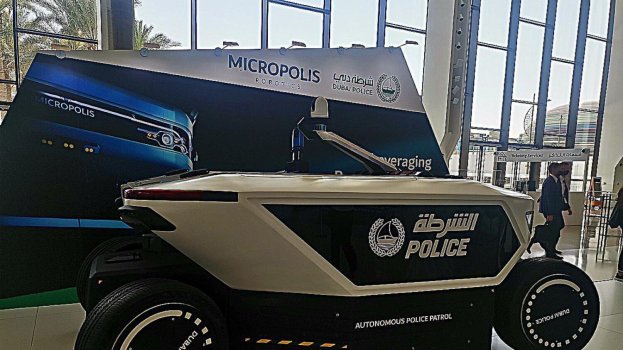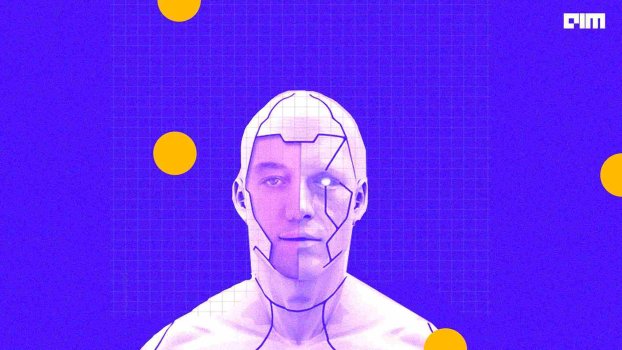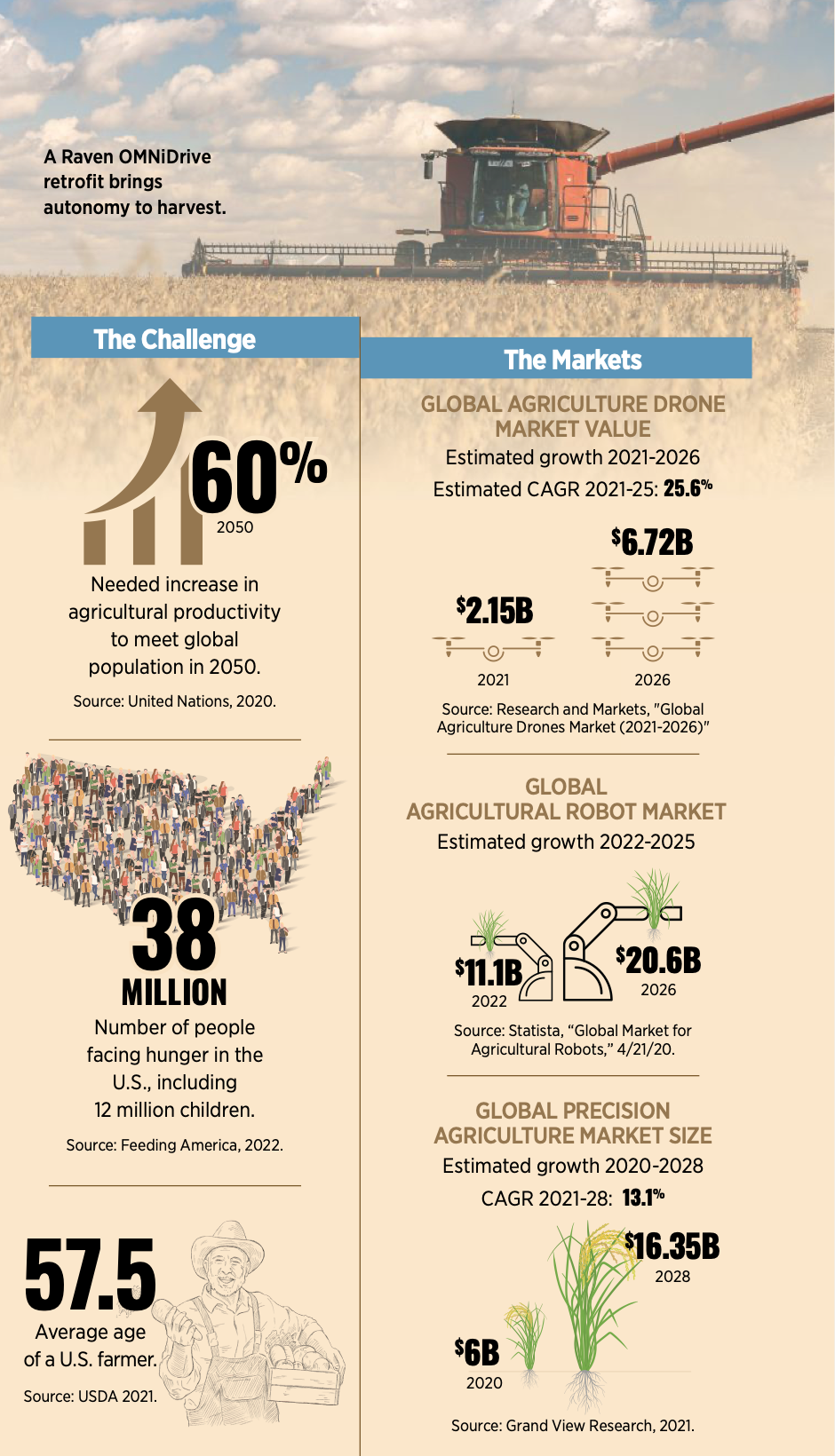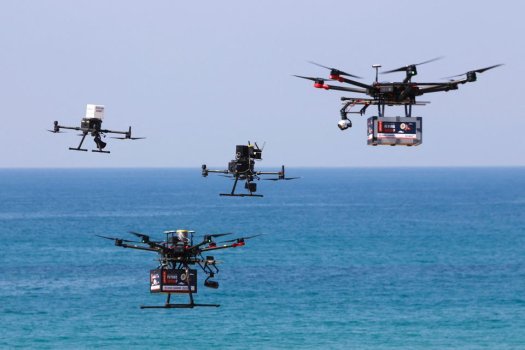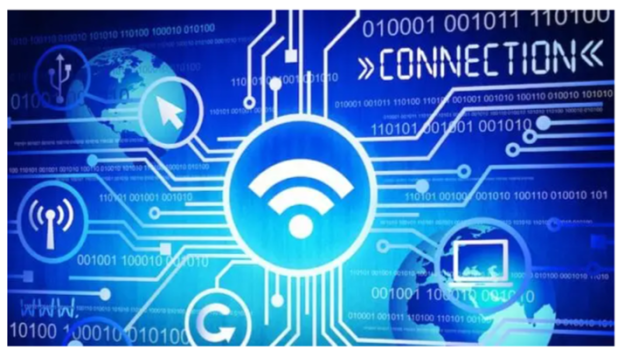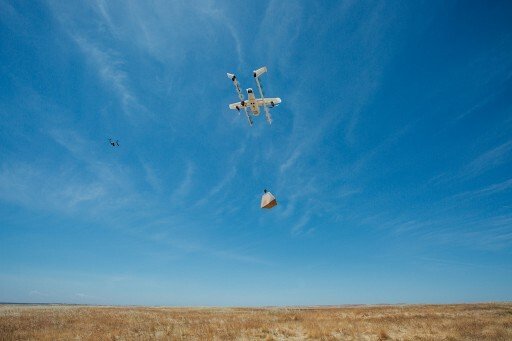Sustainability applications for artificial intelligence
- Technology Solutions
- 0 Replies
Artificial intelligence (AI) systems today are already transforming industries and becoming an indispensable part of our daily lives. Such systems, which leverage machines to process and analyze large amounts of data, have vastly changed how humans work and play, and are being used today in many sectors, from banking to energy to agriculture. But AI systems can be energy-intensive, and there is a pressing need for those working in the field of AI to address the potentially large environmental impacts. This is especially as demand for data and intelligent devices continues to proliferate. Singapore has committed itself to environmental sustainability, underlined by its ratification of the Paris Agreement and recent plans to reach net-zero by or around mid-century. Environmental criteria have also become a crucial performance measure for companies and industries. Rising interest in sustainable investing is a strong signal that corporations – including AI-dependent ones – will soon be held accountable for their greenhouse gas emissions.
The environmental impact of AI
The field of AI is progressing by leaps and bounds, driven by advances in hardware and an exponential increase in computing power. But the massive computation required to obtain these impressive technological feats comes at a price. Training AI models can incur substantial financial and environmental costs due to the energy needed to perform such computations. On top of the monetary costs of hardware, electricity and cloud compute time, powering such hardware for weeks and months at a time could also leave a huge carbon footprint.
Continue reading: https://sustainabilitymag.com/sustainability/sustainability-applications-for-artificial-intelligence
The environmental impact of AI
The field of AI is progressing by leaps and bounds, driven by advances in hardware and an exponential increase in computing power. But the massive computation required to obtain these impressive technological feats comes at a price. Training AI models can incur substantial financial and environmental costs due to the energy needed to perform such computations. On top of the monetary costs of hardware, electricity and cloud compute time, powering such hardware for weeks and months at a time could also leave a huge carbon footprint.
Continue reading: https://sustainabilitymag.com/sustainability/sustainability-applications-for-artificial-intelligence

